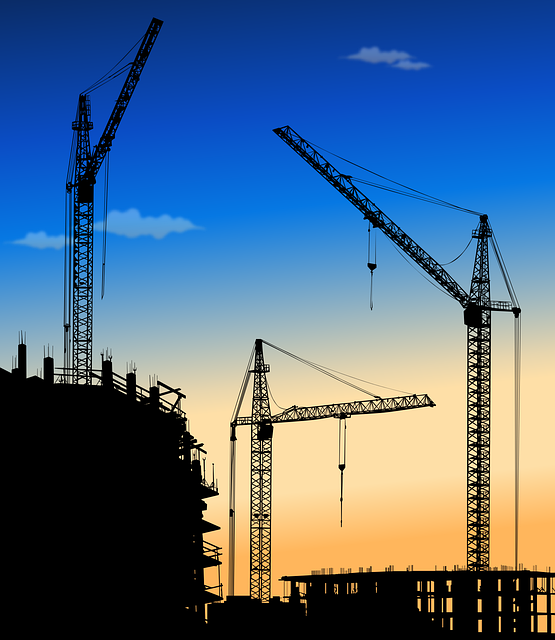
The challenges faced by traditional real estate and your project’s approach to addressing them, both at the individual level and the community level:
- Individual Level Challenges:
- High Energy Consumption: Traditional real estate often relies heavily on energy-intensive materials and practices, leading to high energy consumption and carbon emissions.
- Limited Eco-friendly Options: Homebuyers may have limited access to eco-friendly housing options, resulting in a lack of choice for those who prioritize sustainability.
- Maintenance Costs: Conventional homes may require frequent maintenance and repairs, contributing to ongoing environmental impact and financial burden for homeowners.
- Energy-Efficient Design: Our project focuses on energy-efficient design principles, utilizing sustainable materials and technologies to minimize energy consumption and lower carbon footprint.
- Offering Sustainable Alternatives: By offering villas constructed with Compressed Stabilized Earth Blocks (CSEB), we provide eco-friendly housing options that reduce environmental impact without compromising on quality or comfort.
- Long-Term Cost Savings: Through durable construction and energy-efficient features, our villas aim to reduce maintenance costs over time, offering homeowners both environmental and financial benefits.
- Community Level Challenges:
- Lack of Sustainable Infrastructure: Traditional real estate developments may lack sustainable infrastructure such as green spaces, renewable energy systems, and waste management facilities, resulting in a negative environmental impact on the surrounding community.
- Disconnection from Nature: Many residential developments prioritize building density over green spaces, leading to a disconnect between residents and nature and reducing overall community well-being.
- Limited Social Cohesion: Without adequate communal areas and amenities, residents may lack opportunities for social interaction and community engagement, impacting overall quality of life.
- Integrated Sustainable Infrastructure: Our project incorporates sustainable infrastructure such as community gardens, green spaces, and rainwater harvesting systems, promoting environmental stewardship and enhancing the overall well-being of residents and the surrounding community.
- Promoting Biodiversity: By prioritizing green spaces and biodiversity within the development, we aim to reconnect residents with nature, fostering a sense of belonging and improving mental and physical health.
- Fostering Community Engagement: Through shared amenities and communal spaces, our project encourages social interaction and community engagement, creating a vibrant and cohesive neighborhood where residents can thrive together.